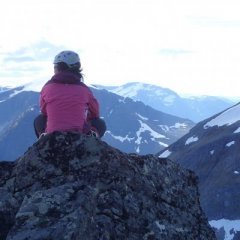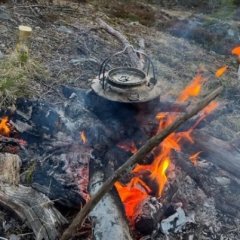Stetind, Nordland
-
Lignende innhold
-
- 16 svar
- 1 494 visninger
-
Alternativ kuppeltelt (til BO Stetind 3 SL og Reinsfjell 3 SL)- hvilke erfaringer har dere?
Av Ellefjell,
- 21 svar
- 3 546 visninger
-
- 0 svar
- 498 visninger
-
-
Hvem er aktive 0 medlemmer
- Ingen innloggede medlemmer aktive



Anbefalte innlegg
Bli med i samtalen
Du kan publisere innhold nå og registrere deg senere. Hvis du har en konto, logg inn nå for å poste med kontoen din.